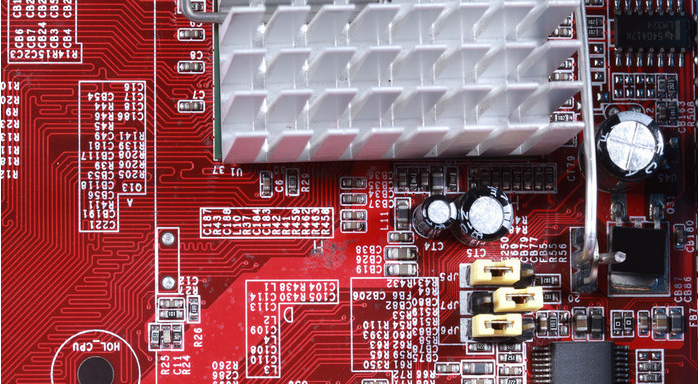In the process of experimental testing, we often encounter such a situation: Although the PCB design engineer has connected the power supply filter to the equipment power line, the equipment still cannot pass the "conducted disturbance voltage emission" test. The engineer considers the filtering effect of the filter Not good. Repeated replacement of the filter can still not get the desired effect.
Analyzing the situation of PCB equipment exceeding the standard is nothing more than the following two aspects:
1. The harassment generated by the equipment is too strong
2. Insufficient filtering of equipment
For the first situation, we can take measures at the source of the disturbance to reduce the intensity of the disturbance, or increase the order of the power supply filter to improve the filter's ability to suppress the disturbance. For the second situation, in addition to the poor performance of the filter itself, the installation method of the filter also has a greater impact on its performance. This is often overlooked by design engineers.
In many tests, we can make the equipment pass the test smoothly by changing the installation method of the filter. The following are some examples of the impact of common filter installation methods on filter performance.

Input line is too long
After the power cord of many PCB devices enters the chassis, it passes through a long wire before connecting to the input end of the filter. For example, the power cord is input from the rear panel of the chassis, travels to the power switch on the front panel, and then returns to the rear panel to connect to the filter. Or the installation location of the filter is far away from the power cord entrance, causing the lead wire to be too long.
Because the lead wire from the power inlet to the filter input is too long, the electromagnetic disturbance generated by the device is re-coupled to the power line through capacitive or inductive coupling, and the higher the frequency of the disturbance signal, the stronger the coupling, causing the experiment to fail.
Flat walking line
In order to make the wiring inside the case beautiful, some PCB engineers often bundle the cables together, which is not allowed for power cables. If the input and output lines of the power filter are routed in parallel or bundled together, due to the distributed capacitance between the parallel transmission lines, this wiring method is equivalent to connecting a capacitor in parallel between the input and output lines of the filter, which is a disturbance signal. Provides a path to bypass the filter, resulting in a significant drop in the performance of the filter, and even failure at high frequencies. The size of the equivalent capacitance is inversely proportional to the wire distance and directly proportional to the length of the parallel traces. The larger the equivalent capacitance, the greater the impact on the filter performance.
Grounding and housing
This situation is also relatively common. When many PCB engineers install the filter, the connection between the filter housing and the chassis is not good (there is insulating paint); in addition, the grounding wire used is long, which will cause the filter’s high frequency characteristics to deteriorate and reduce filtering performance.
Due to the long grounding wire, the distributed inductance of the PCB wire cannot be ignored at high frequencies. If the filter is well connected, the interference signal can be directly grounded through the housing. If the connection between the filter shell and the chassis is poor, it is equivalent to a distributed capacitance between the filter shell (ground) and the chassis, which will cause the filter to have a large ground impedance at high frequencies, especially in distributed inductance. Near the frequency where the distributed capacitance resonates, the ground impedance tends to be infinite.
The impact of poor PCB filter grounding on filter performance: Due to poor grounding of the filter, the ground impedance is relatively large, and some of the disturbance signals can pass through the filter. In order to solve the poor PCB lap, the insulating paint on the chassis should be scraped off to ensure a good electrical connection between the filter housing and the chassis.
In this installation mode, the PCB filter shell and the chassis are in good contact, which can block the opening of the power cord on the chassis and improve the shielding performance of the chassis; in addition, there is chassis shielding between the input and output lines of the PCB filter Phase isolation eliminates the disturbance coupling between the input and output lines and ensures the filtering performance of the PCB filter.